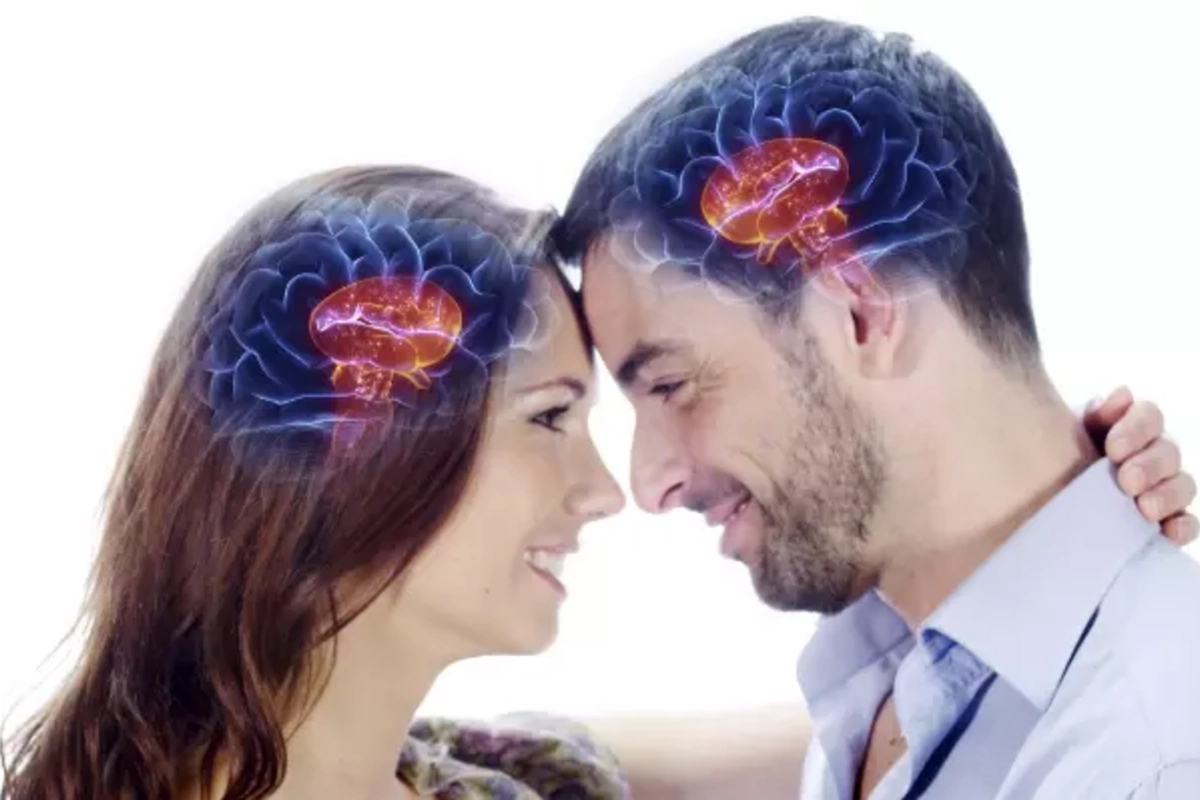18 Feb , 17:26
0

Scientists have uncovered the mysteries of the brain in love: new research sheds light on the biochemistry of love. Specialists discovered that a simple glance at a photo of a loved one triggers a powerful surge of activity in pleasure centers, initiating the production of dopamine - a substance known as the "happiness hormone".
During an extensive study, specialists identified a complex hormonal ensemble that governs the state of being in love. A true chemical orchestra of oxytocin, vasopressin, noradrenaline, and opioids conducts our feelings. Noradrenaline is responsible for the famous "butterflies in the stomach" sensation, while oxytocin and vasopressin form deep emotional attachment and the desire to protect one's chosen partner.
Recent scientific publications in the prestigious Behavioral Sciences journal indicate: romantic love is not just a feeling, but a complex survival mechanism, honed by evolution to create strong partnership bonds.
Impressive results were obtained by a research group led by Professor Robert W. Levenson from the University of California, Berkeley. A twenty-year observation of married couples revealed the main secret of lasting marriages - the ability of spouses to calm each other during moments of stress, including through appropriate jokes.
Specialists insist: to maintain romantic feelings in long-term relationships, it's critically important to regularly activate the brain's reward system. This can be achieved through simple but effective methods - from romantic dates to morning hugs.